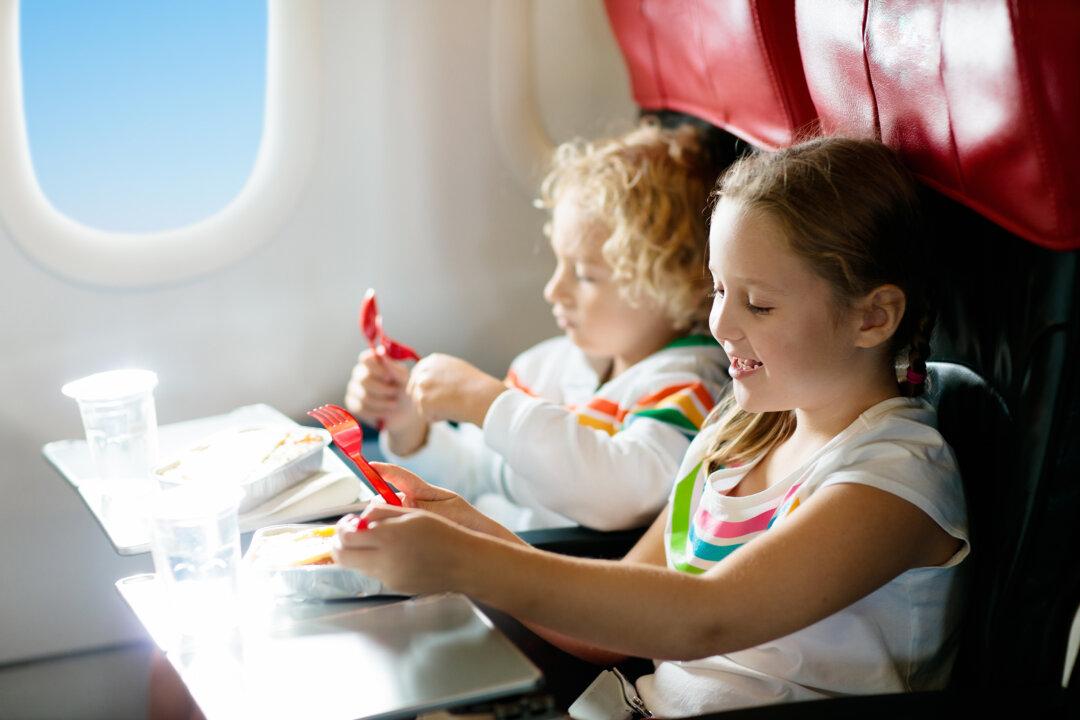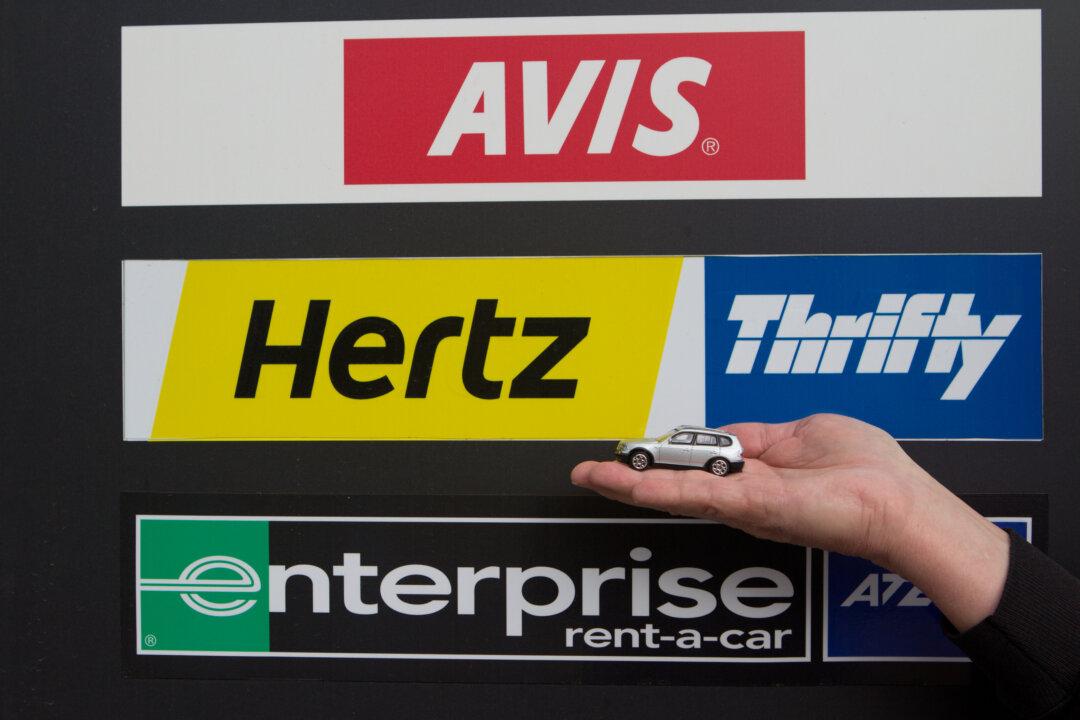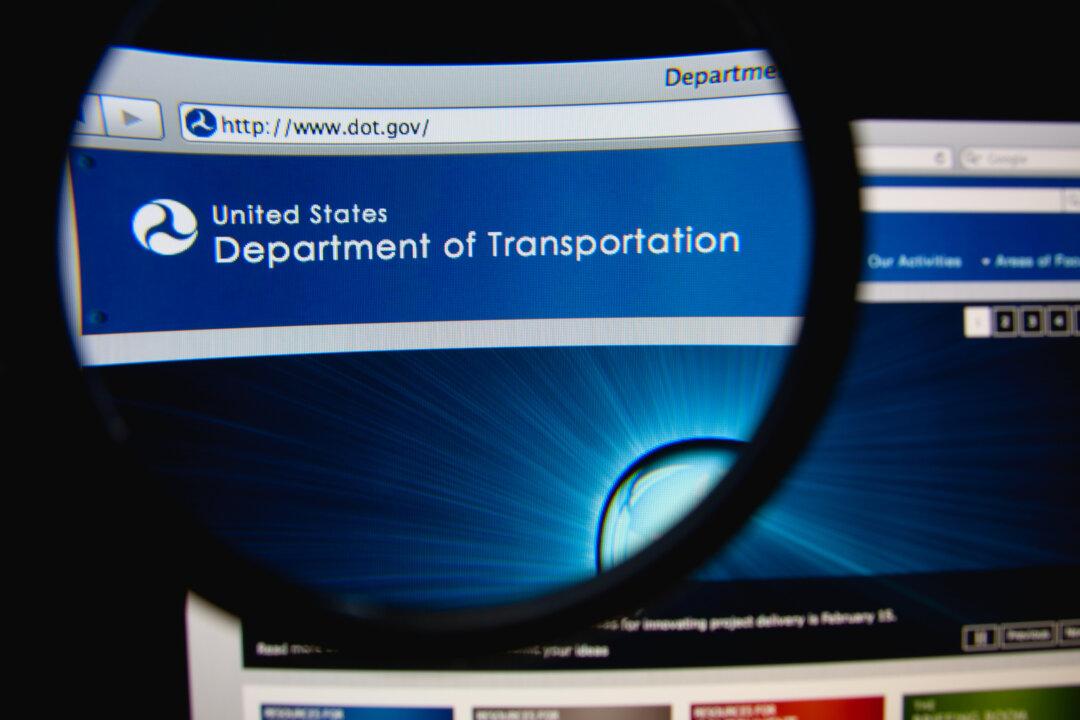After years of urging from consumer groups and authorization from Congress, the Department of Transportation finally issued a legislative proposal requiring airlines to seat children ages 13 or younger adjacent to a family member or accompanying adult without paying a seat-selection fee. I can’t believe how long it has taken DOT to reach this point, but here we are. You can expect final action soon.
You can also expect some airlines to contest a new rule. They will follow their long-standing pattern of response to consumer complaints. Normally, they ignore obvious consumer pain points indefinitely, even if they could easily fix the problem on their own. Then, when the mass of complaints becomes overwhelming and the DOT issues a rule, they whine about “excessive regulation.”





